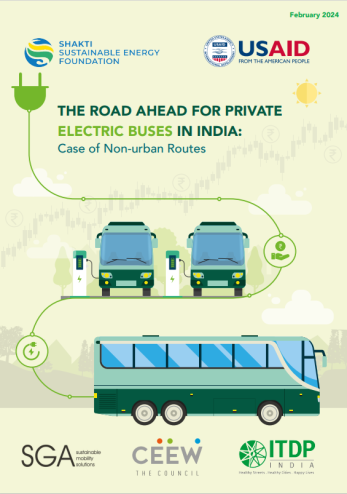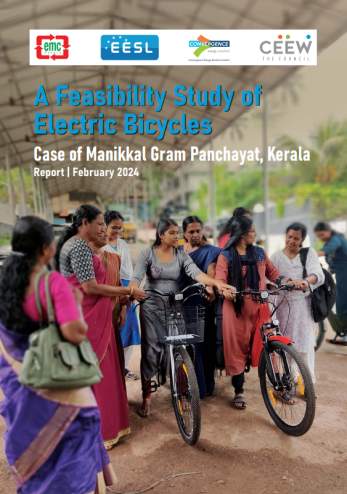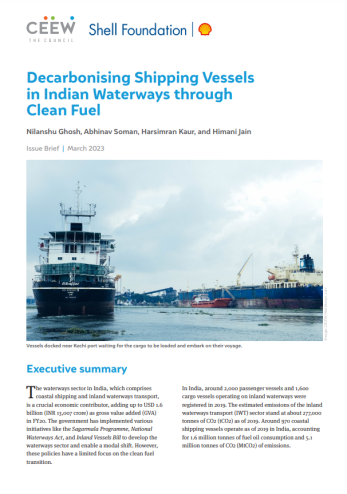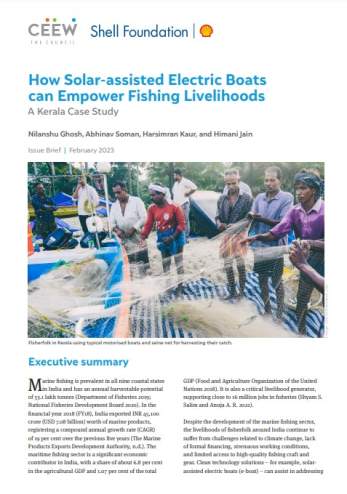Report
How Does Intermediate Public Transport (IPT) System Operate in Lucknow?
Udit Narayan Mall, Samradh Singh Chauhan, Nilanshu Ghosh, Himani Jain
April 2023 | Sustainable Mobility
Suggested citation: Mall, Udit Narayan, Samradh Singh Chauhan, Nilanshu Ghosh, Himani Jain. 2023. How does Intermediate Public Transport (IPT) system operate in Lucknow? New Delhi: Council on Energy, Environment and Water.
Overview
Intermediate Public Transport (IPT) caters to 17% of the daily trips in Lucknow. This short report offers an overview of IPT vehicles i.e. auto-rickshaws, tempos and e-rickshaws in Lucknow, Uttar Pradesh. The team conducted a survey in Lucknow, covering 322 IPT drivers to understand their vehicular, operational and economic characteristics. It also collects insights into the mobility landscape of Lucknow through stakeholders’ perceptions. This study provides data for transport planners and policymakers to effectively plan IPT services in the city, and to gauge their electrification potential.
Key Highlights
Occupancy chart
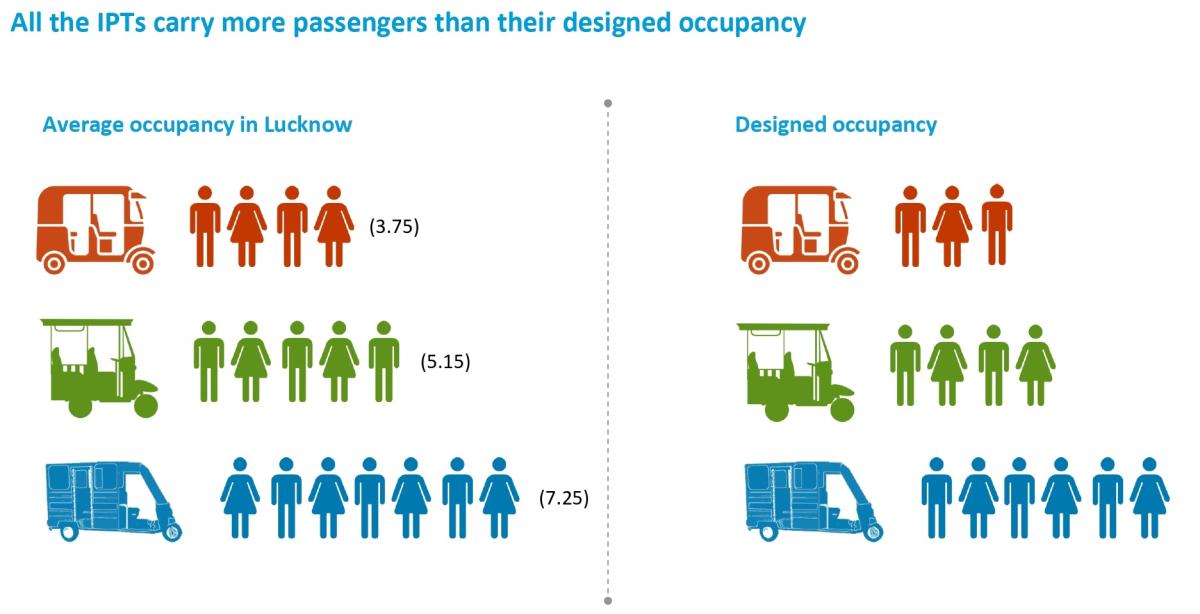
Source: Authors’ analysis; Kumar, Megha, Seema Singh, Akshima T. Ghate, Sarbojit Pal, and Sangeetha Ann Wilson. 2016. “Informal Public Transport Modes in India: A Case Study of Five City Regions.” IATSS Research 39 (2). Elsevier B.V.: 102–9. doi:10.1016/j.iatssr.2016.01.001
"Intermediate Public Transport (IPT) plays a pivotal role in the urban mobility landscape by addressing a considerable portion of the daily commute demand in urban areas. It is crucial to discern the operational and financial intricacies of IPT in order to effectively design urban mobility networks, devise multimodal transportation strategies, and formulate electric transition roadmaps that account for future transport trends."




